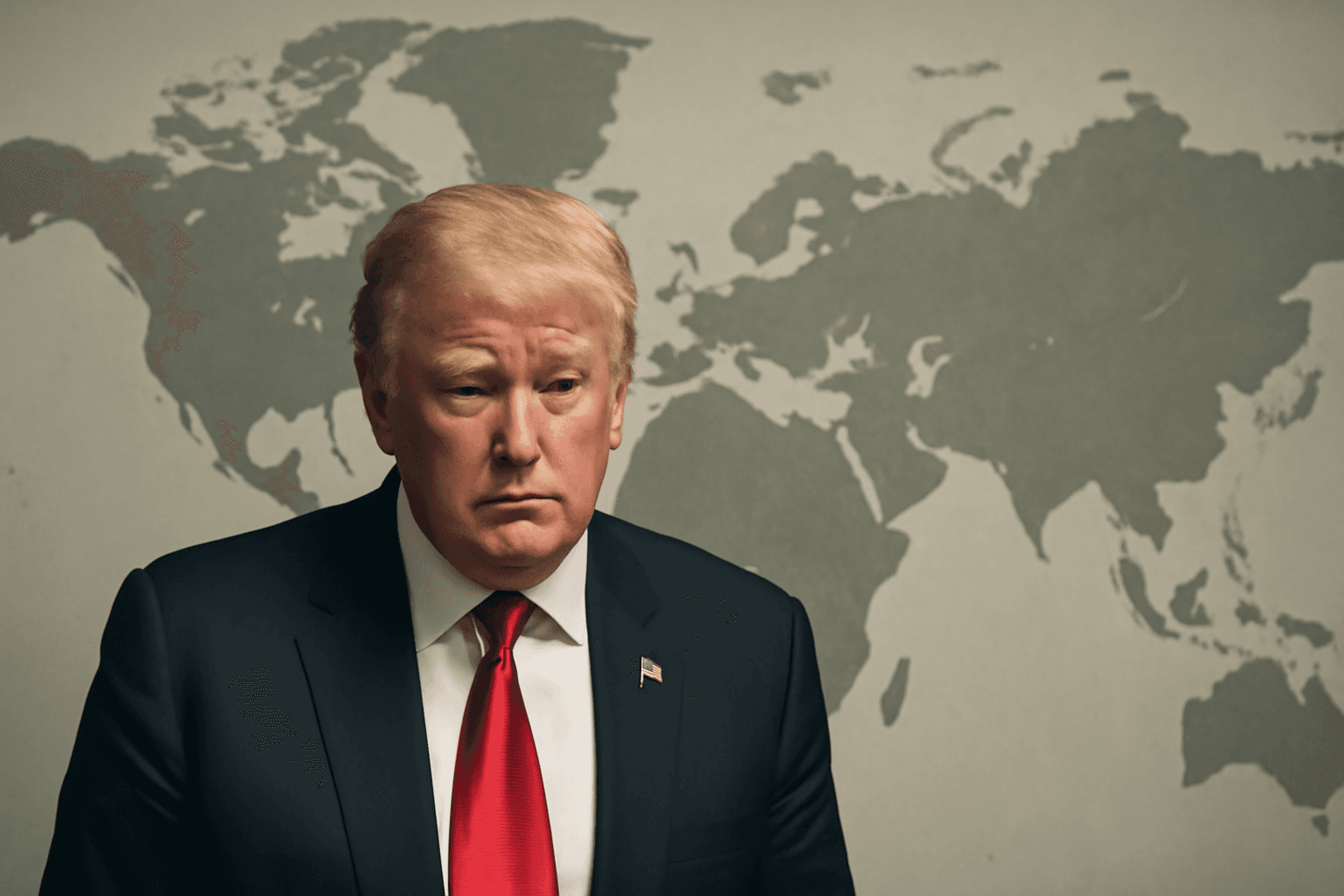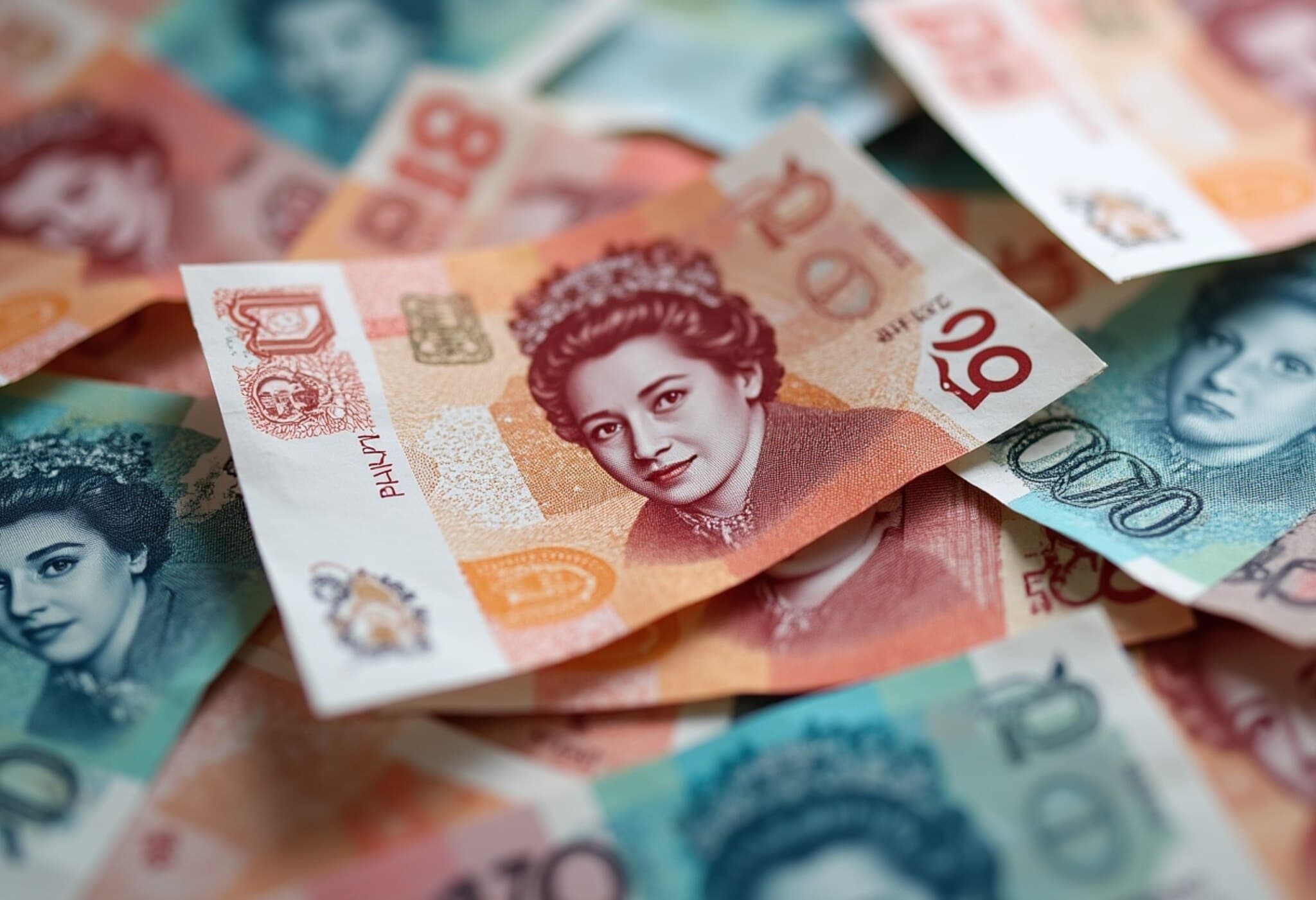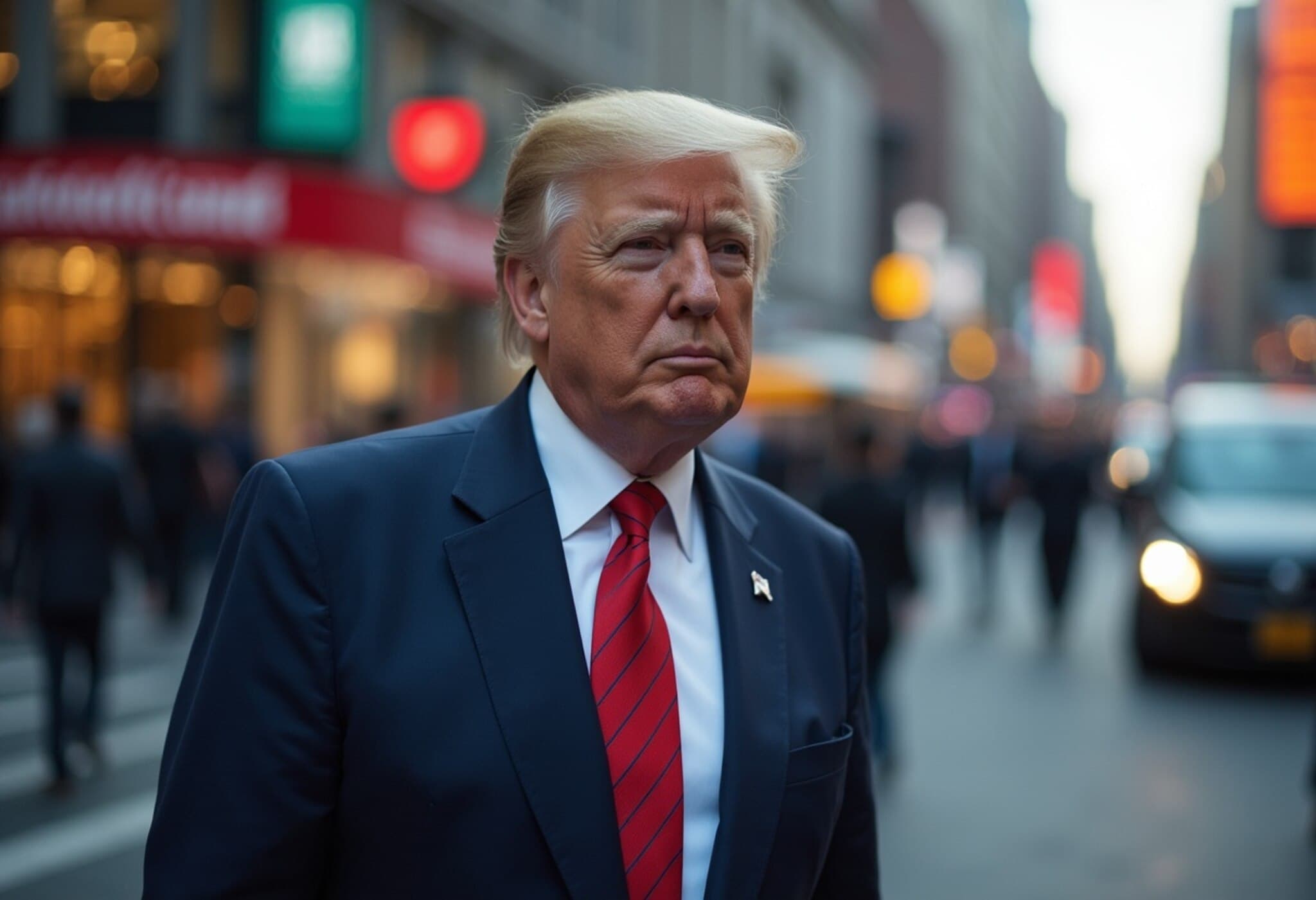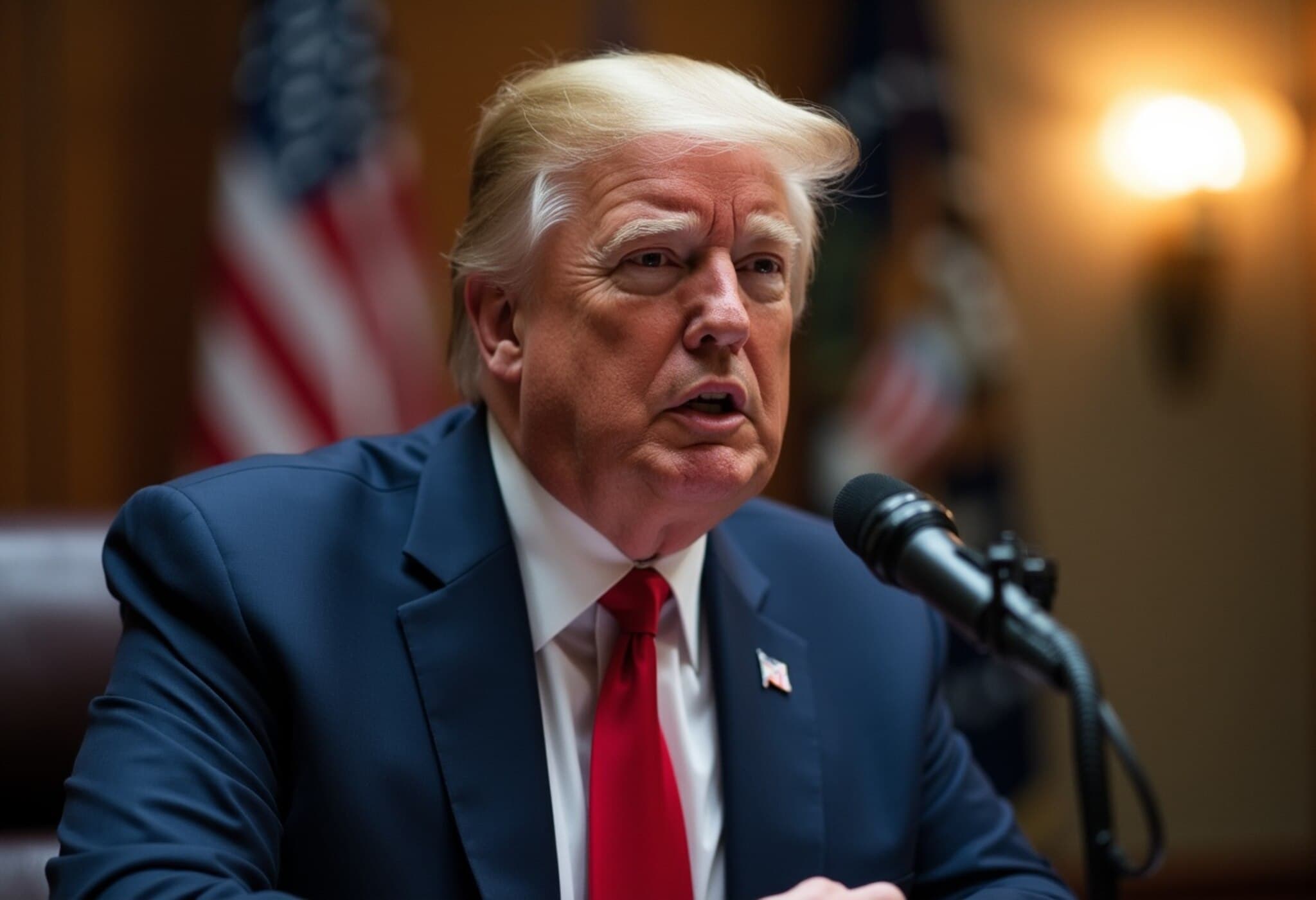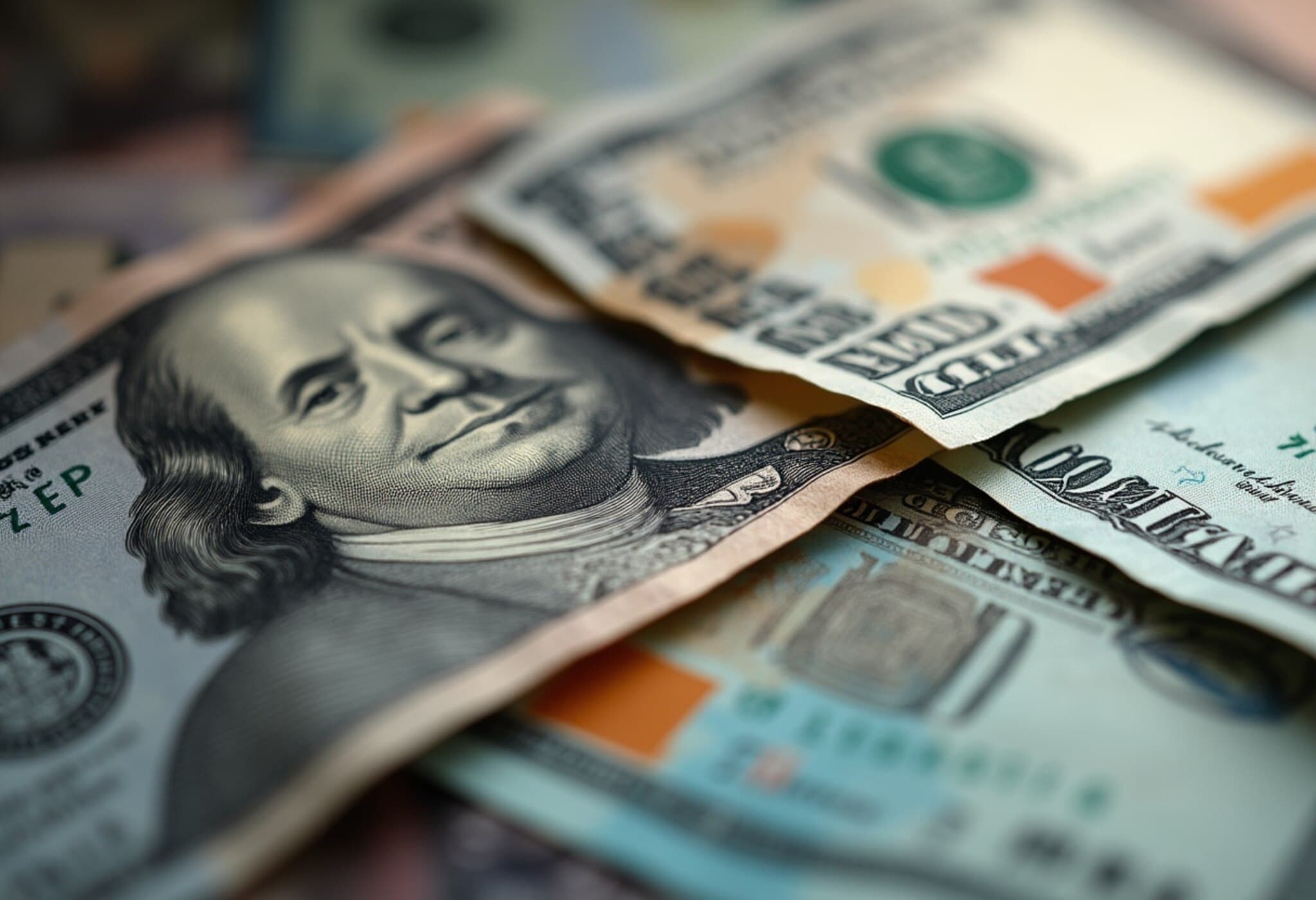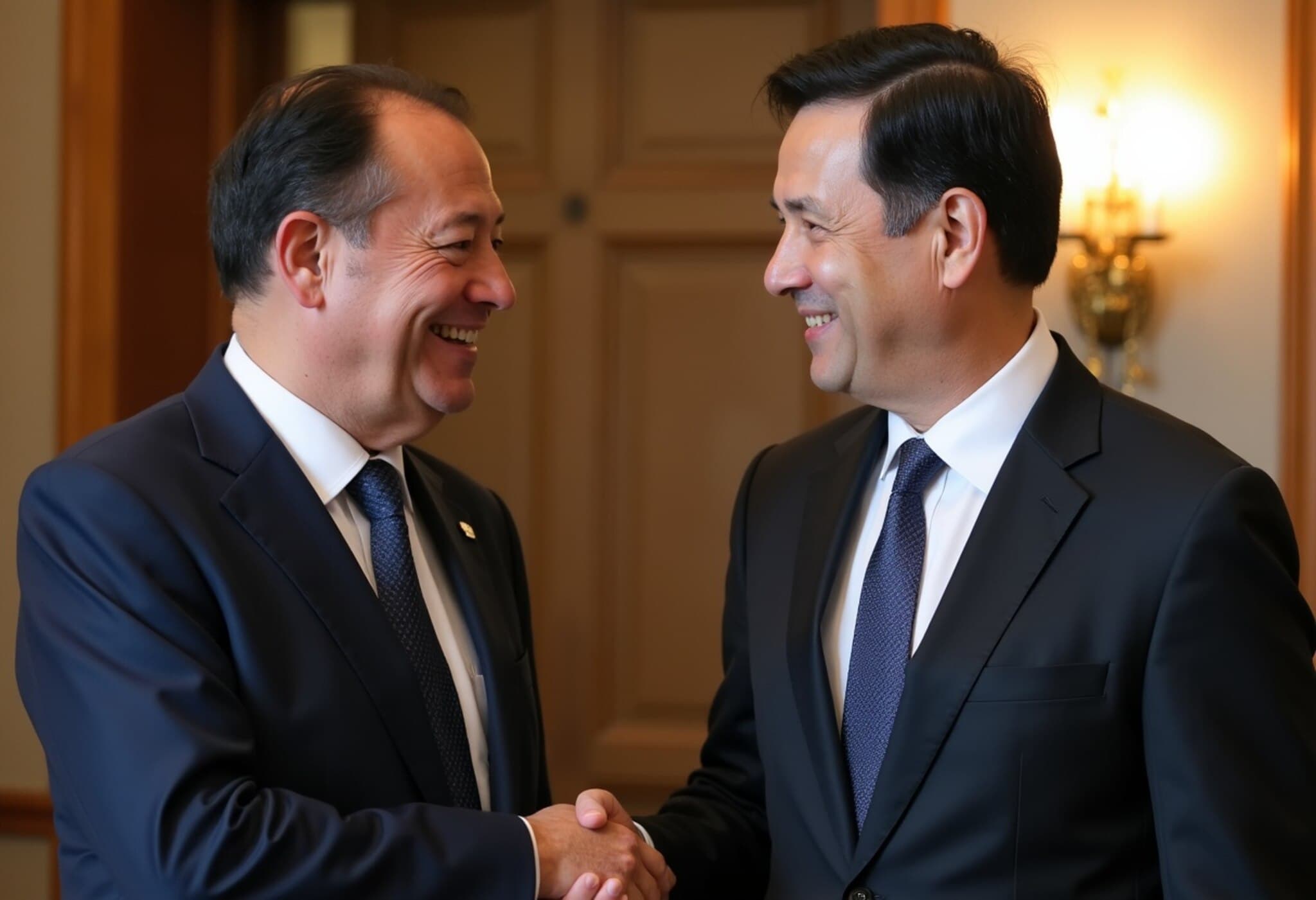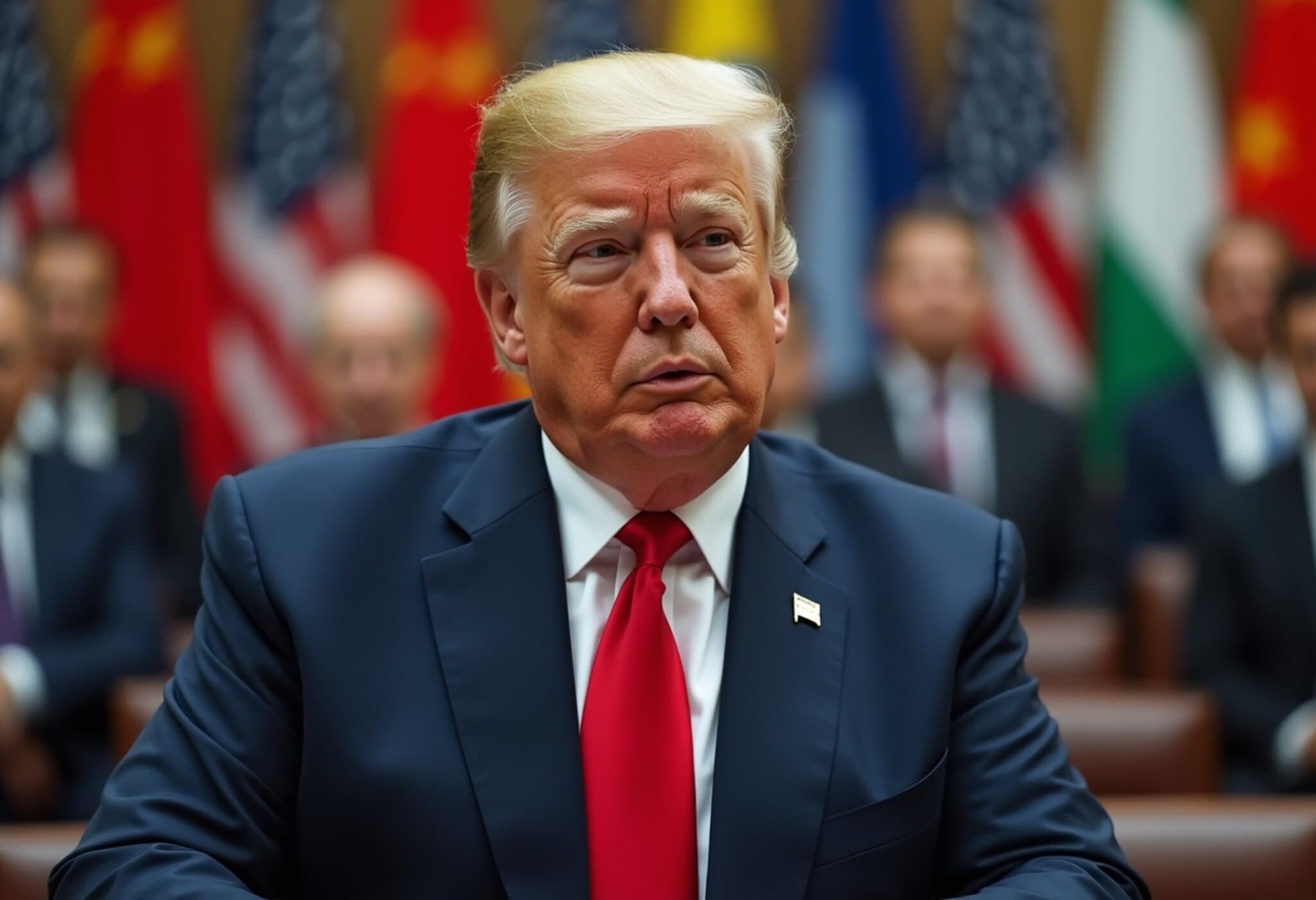Asia's Growing Move Away from the US Dollar
Across Asia, a noticeable shift is underway as nations reduce their reliance on the US dollar. Fueled by geopolitical uncertainty, evolving monetary policies, and strategic currency hedging, this de-dollarization trend is gaining significant momentum.
The Association of Southeast Asian Nations (ASEAN) recently unveiled its Economic Community Strategic Plan for 2026-2030, emphasizing efforts to minimize exchange rate volatility by encouraging settlements in local currencies and enhancing regional payment systems. This marks a conscious step toward insulating economies from the shockwaves that dependence on the dollar can bring.
Why the Shift Is Happening Now
Several factors have accelerated this movement. Erratic US trade policies and a depreciating dollar have prompted countries and investors to reconsider their heavy dollar allocations. The dollar’s share of global foreign exchange reserves has declined from over 70% in 2000 to a significantly lower level today, with the dollar index dropping more than 8% so far this year alone.
Perhaps more importantly, governments and financial institutions are becoming increasingly aware that the US dollar can be wielded as a geopolitical tool—sometimes effectively weaponized through trade negotiations and sanctions. This realization is driving a strategic reevaluation of dollar dependency, particularly in Asia.
ASEAN and BRICS Lead the Charge
Within ASEAN, de-dollarization is intensifying through two main channels: individuals and businesses are converting dollar savings back into local currencies, and institutional investors are actively hedging foreign currency exposures to protect against exchange rate risks.
Beyond ASEAN, BRICS countries like China and India are actively seeking alternatives to traditional dollar-dominated systems like SWIFT, promoting bilateral trade settlements in local currencies instead.
Potential for Repatriation of Foreign Assets
Asian economies—including Singapore, South Korea, Taiwan, Hong Kong, and China—hold substantial foreign assets, putting them in a strong position to repatriate earnings or investments back into domestic currencies. This repatriation could further speed the decline in dollar use.
Trade-reliant economies such as the ASEAN+3 bloc (ASEAN nations, China, Japan, South Korea) are particularly poised to experience notable dips in dollar demand.
Hedging: A Key Mechanism Behind the Shift
More Asian investors are now protecting their dollar exposure through currency hedging—locking exchange rates to shield against unpredictable swings. This practice increases demand for local or alternative currencies, pushing them higher against the greenback.
For instance, the Japanese yen, Korean won, and Taiwan dollar have emerged as strong currencies in this space. Notably, Japanese life insurers have boosted their hedge ratios to nearly 48% recently, while Taiwan's hedge ratio hovers around 70%.
Is the Dollar Still King?
Though its dominance is under pressure, dethroning the US dollar as the global reserve currency remains a formidable challenge. No other currency currently matches the dollar’s liquidity or the depth of its bond and credit markets.
Experts suggest that the dollar's recent weakening may be cyclical rather than structural. However, if the US intensifies sanctions or governments push for more domestic investments from pension funds, a longer-lasting transition could take hold.
Importantly, despite some decline in usage, the dollar remains the primary currency for trade invoicing, underscoring its residual supremacy in global commerce.
Gold’s Rise Amid Declining Dollar Reserves
As dollar reserves shrink worldwide, investors are increasingly turning to gold, which is poised to benefit from this shift. The precious metal is emerging as a preferred store of value against the backdrop of changing reserve patterns.
Looking Ahead
De-dollarization in Asia is an unfolding story shaped by complex economic and geopolitical currents. While the process is gradual, ASEAN and other Asian economies are clearly laying the groundwork for a more diversified currency future, aiming to strengthen regional resilience and lessen exposure to dollar-related volatility.





